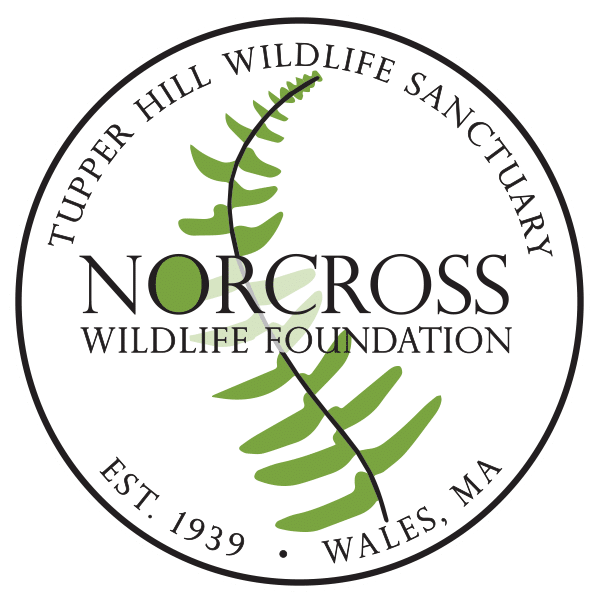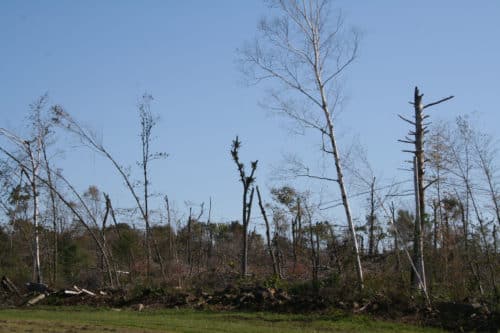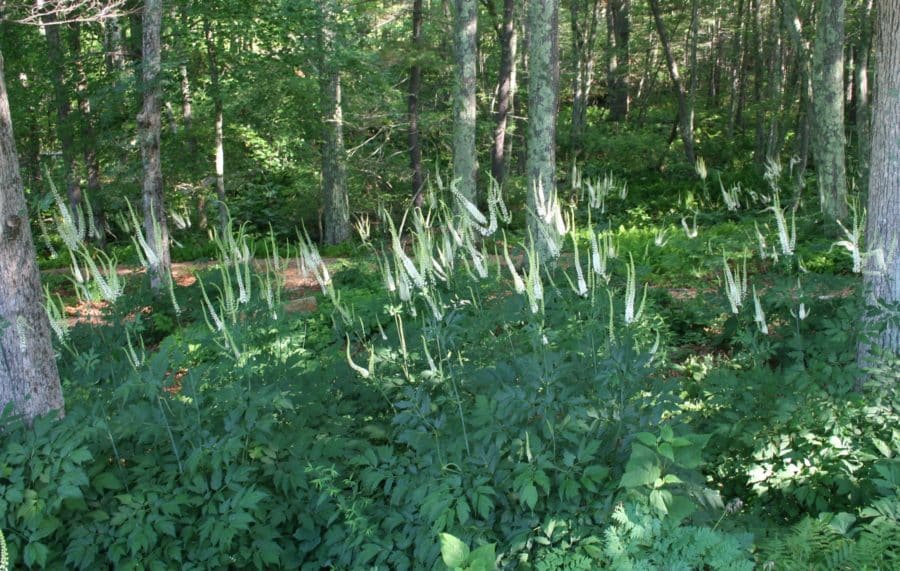When I am out and about, periodically a plant will catch my eye while driving down the road. Not that I would advocate looking at plants while you drive – because plant ID at 60 mph can be dangerous. However, some plants not only catch your eye, but seemingly appear throughout the landscape at certain times of the year. If the plant is interesting enough I might even stop and see what the heck I am looking at.
[lightbox link=”http://norcrosswildlife.org/wp-content/uploads/2017/08/eragrostis-spectabilis-road-e1503493911788.jpg” thumb=”http://norcrosswildlife.org/wp-content/uploads/2017/08/eragrostis-spectabilis-road-150×150.jpg” width=”150″ align=”left” title=”” frame=”true” icon=”image” caption=””]Purple love grass is visible now. For me, it is one of those roadside plants that grabs your attention and it is one of my favorite late summer plants. It is commonly found along roadsides and it prefers to grow in poor soils. Those mounds of purple haze that “bloom” now are this native grass, Eragrostis spectabilis. Some other common names that it is known as include tumble grass and petticoat climber. I just love the name purple love grass. It does not grow very tall, reaching a height of about six inches in full bloom. The leaves are grassy and not particularly noticeable versus the other roadside grasses during the rest of the year. When it blooms during August we start to see it. The “flowers” are deep purple and borne on purple stalks which give it that “hazy” look.Grass flowers are not like a showy plant with big blossoms. Grasses have a different kind of flower composed of small, discreet parts. If the average person looked at it closely, they would not necessarily identify it as a “flower”. Yet, that is what it is. So the next time you see that purplish haze along the side of the road, growing in a clump and not very tall it is purple love grass.



